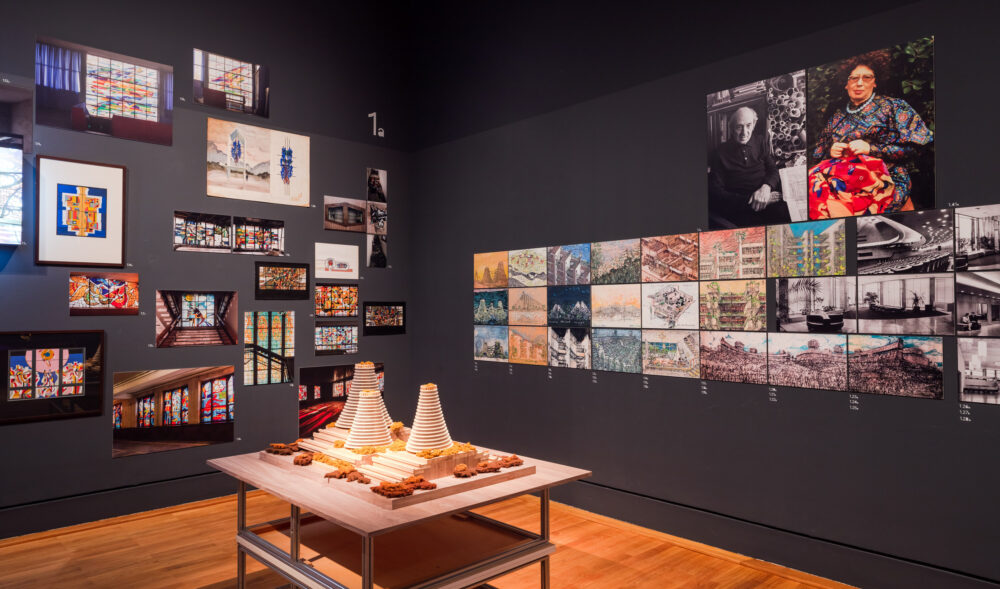Room for individuality. The Karakis architectural dynasty
During the twentieth century, Ukrainian architecture underwent several cataclysms and radical shifts in trajectory. This was not only about the style of architecture but the status of the profession itself. After 1955, the role of the architectural creator gradually transformed into that of the dutiful draughtsman. The lion’s share of architectural activity was concentrated on the further development and multiplication of standard designs for housing estates. A much smaller but more prestigious share was focused on the creation of individual public projects. Besides these two paths, there was also a third one known as ‘paper architecture’, a realm of creativity and utopian ideas where the possibilities were almost limitless.
One architect whose biography perfectly exemplifies the history of Ukrainian architecture in the twentieth century is Iosif Karakis (1902–88). The 1920s and 30s were the era of constructivist architecture, and it was in this period that he became highly sought after. But in 1951, after another ideological ‘cleansing’, he was fired from all his practices. Later on, with the help of his friends, he managed to land positions at major design and research institutes. In 1977, he started working on his visionary ‘Housing of the Near Future’ project for Kyiv. His philosophy was based on the idea that the human, as a biological being, should not just live close to nature, but be a full part of the environment.
His daughter Irma Karakis (1930–2022) followed in his footsteps, but in her own way. She became well known as an interior and furniture designer. During the final decades of the USSR, interior design became another field allowing some space for individuality and the creation of unique objects. One of the most iconic projects in her portfolio was the interior design of the Ukraina Palace concert hall in Kyiv. The interior concept was based on combinations contrasting various rare types of stone against golden walnut wood. The ceremonial atmosphere was further heightened by customized lighting, including fixtures made of cast glass resembling melted ice in texture and colour.
While architectural dynasties are not uncommon, examples like this, where a father and daughter both come to symbolize a whole profession, are very rare. This is why a look at both components of this one creative family, with projects reflecting the search for individualism and for freedom from restrictions, is particularly important and worthwhile even today.
Countries: Ukraine
Tags: Architecture, Environmental design, Housing and living, Urban design
